Neuroscience

Neurotransmitter receptors function via various G-protein coupled and G-protein independent mechanisms that activate downstream intracellular signaling pathways such as cAMP/PKA, PI3K/AKT, phospholipase A2, and phospholipase C pathways. For instance, dopamine receptors act through adenylate cyclase to activate PKA and other signaling molecules, thereby mediate gene expression through the actions of CREB and other transcription factors. Other neurotransmitters such as NMDAR or AMPAR are associated with ion channels that control flux of Ca2+ and Na+, thus propagating the action potential across the post-synaptic neuron.
Dysfunctions in GABAergic/glutamatergic/serotonergic/dopaminergic pathways result in a broad range of neurological disorders such as chronic pain, neurodegenerative diseases, and insomnia, as well as mental disorders including schizophrenia, bipolar disorder, depression, and addiction.
-
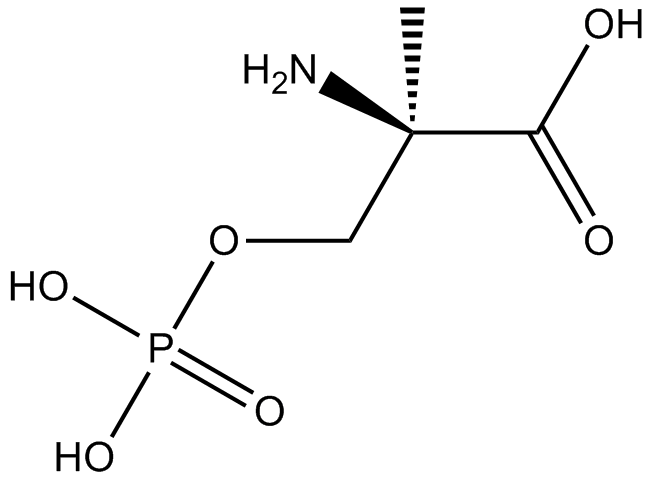 B6458 MSOPSummary: group III metabotropic glutamate receptor antagonist
B6458 MSOPSummary: group III metabotropic glutamate receptor antagonist -
 B6502 3-CPMTSummary: dopamine uptake inhibitor
B6502 3-CPMTSummary: dopamine uptake inhibitor -
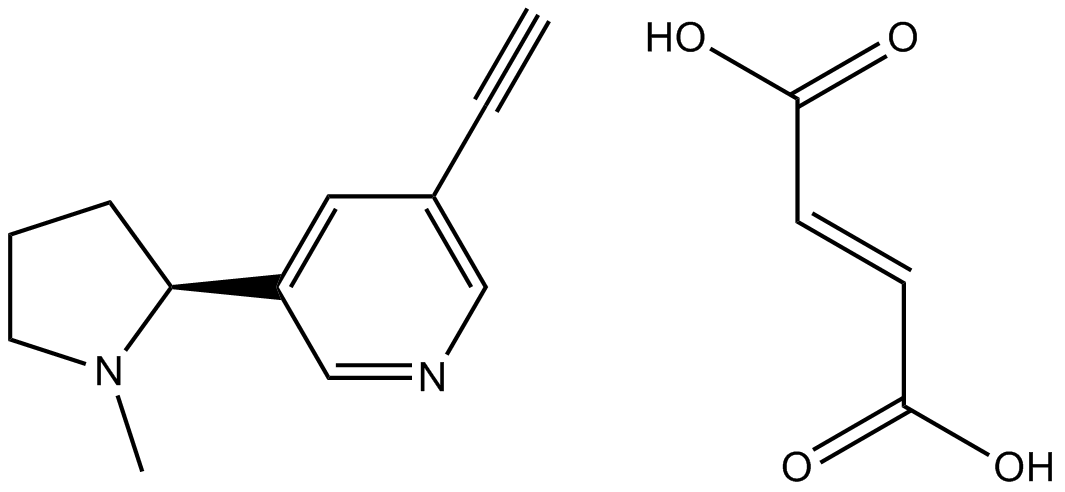 B7710 SIB 1508Y maleateSummary: neuronal nicotinic ACh receptor agonist
B7710 SIB 1508Y maleateSummary: neuronal nicotinic ACh receptor agonist -
 B7682 GTS 21 dihydrochlorideSummary: nAChRs agonist, novel
B7682 GTS 21 dihydrochlorideSummary: nAChRs agonist, novel -
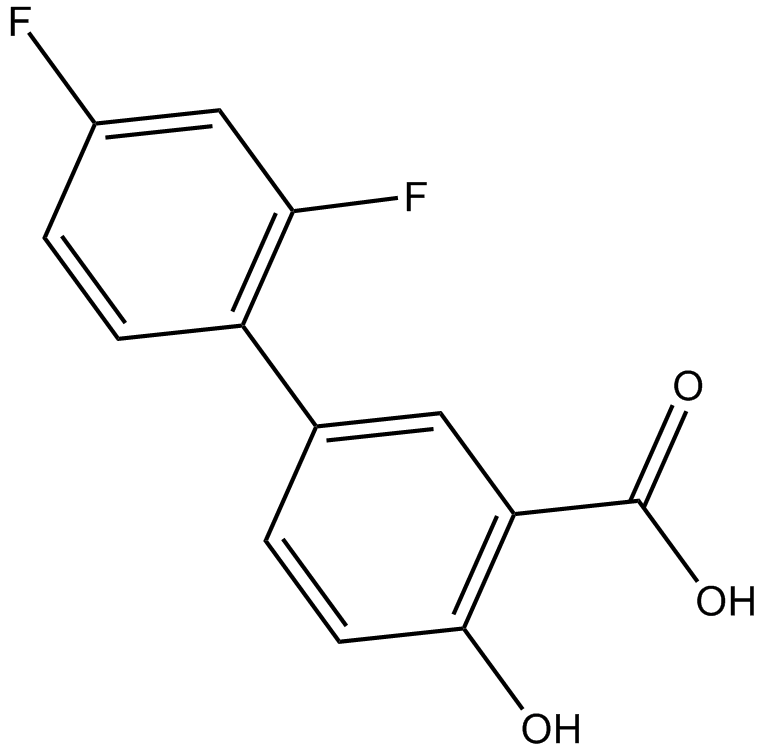 B6137 DiflunisalSummary: COX inhibitor, nonsteroidal anti-inflammatory drug (NSAID)
B6137 DiflunisalSummary: COX inhibitor, nonsteroidal anti-inflammatory drug (NSAID) -
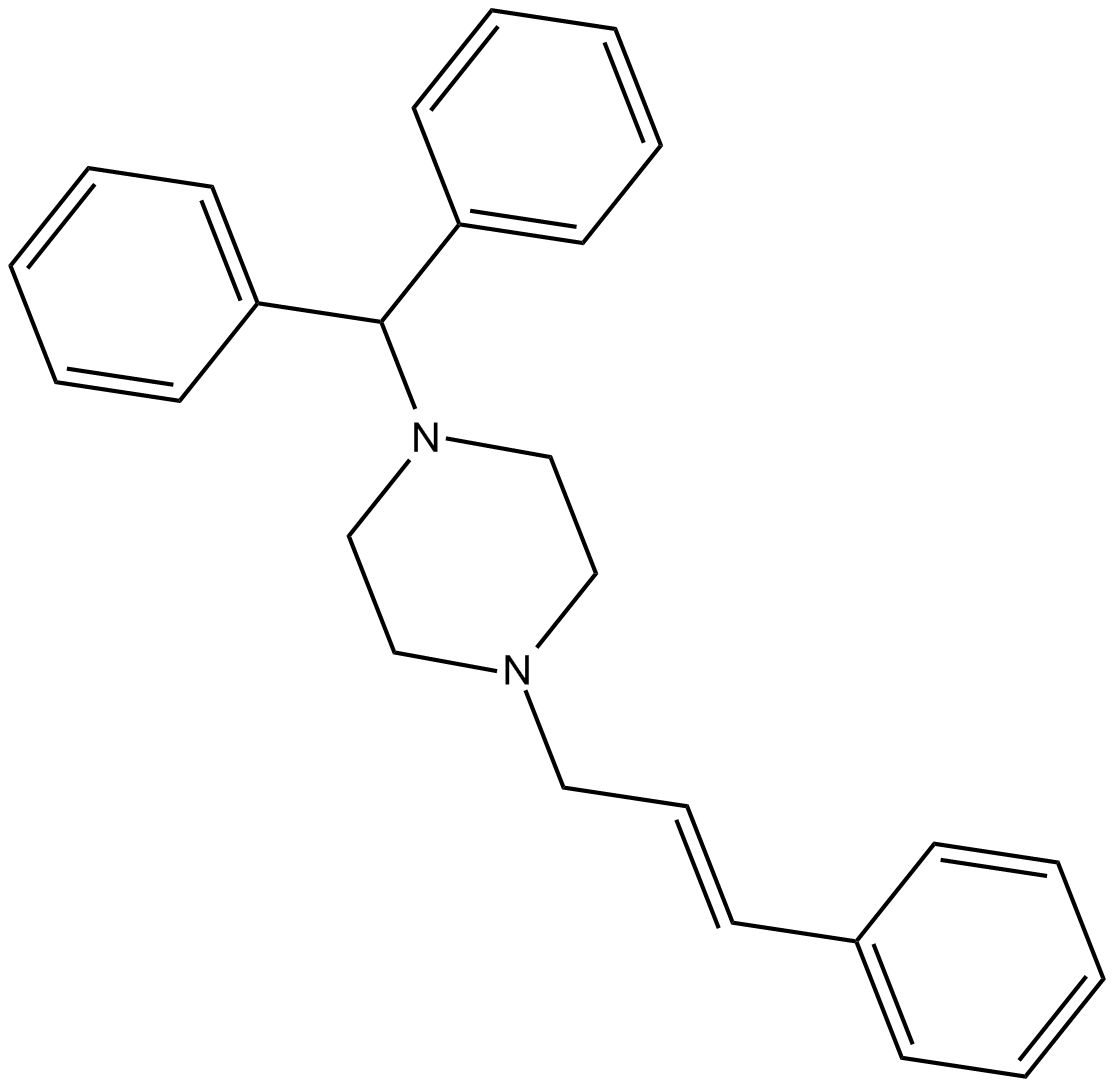 B6156 CinnarizineSummary: antihistamine and calcium channel blocker
B6156 CinnarizineSummary: antihistamine and calcium channel blocker -
 B1477 Lurasidone HClTarget: 5-HT2 Receptors|D2 Receptors|5-HT1 Receptors|5-HT7 ReceptorsSummary: Dopamine D2/5-HT2A/5-HT7/5-HT1A inhibitor
B1477 Lurasidone HClTarget: 5-HT2 Receptors|D2 Receptors|5-HT1 Receptors|5-HT7 ReceptorsSummary: Dopamine D2/5-HT2A/5-HT7/5-HT1A inhibitor -
 B6414 MAP4Summary: metabotropic glutamate receptor modulator
B6414 MAP4Summary: metabotropic glutamate receptor modulator -
 B6501 Remoxipride hydrochlorideSummary: Dopamine D2 receptor antagonist
B6501 Remoxipride hydrochlorideSummary: Dopamine D2 receptor antagonist -
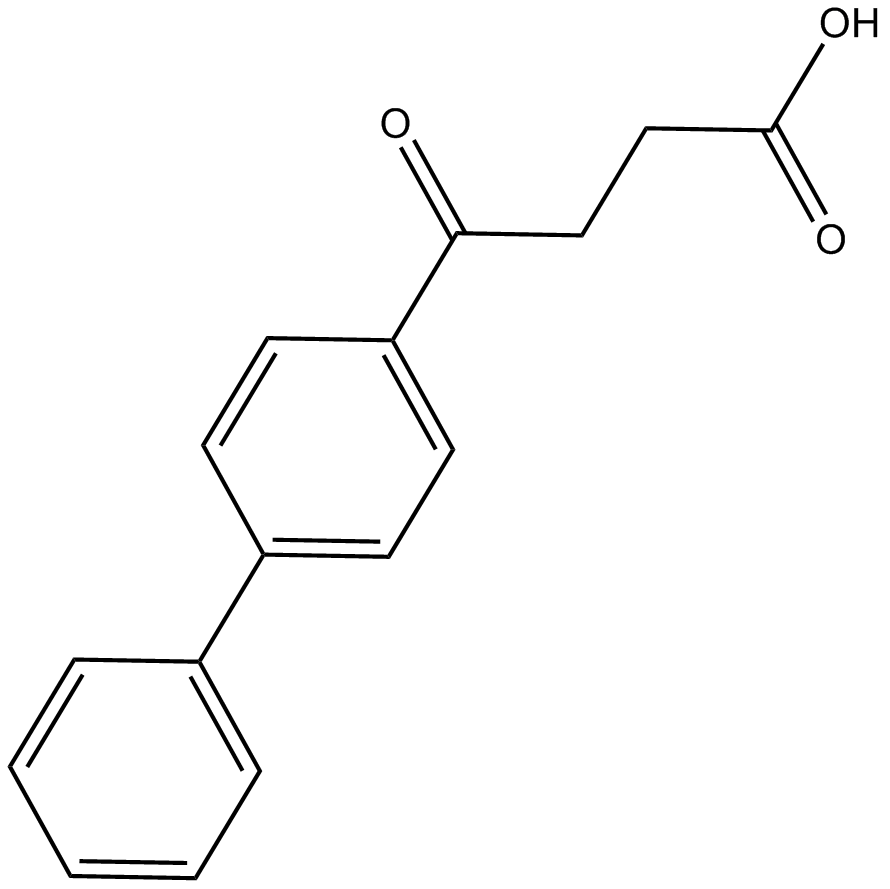 B6127 FenbufenSummary: COX inhibitor, non-steroidal anti-inflammatory drug
B6127 FenbufenSummary: COX inhibitor, non-steroidal anti-inflammatory drug

